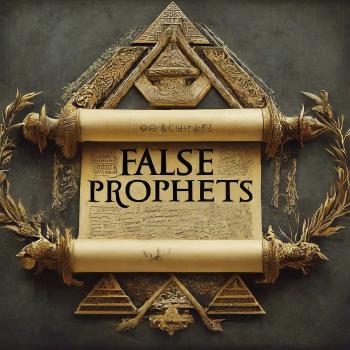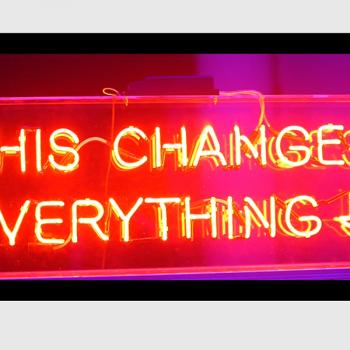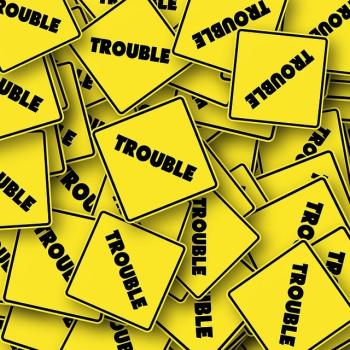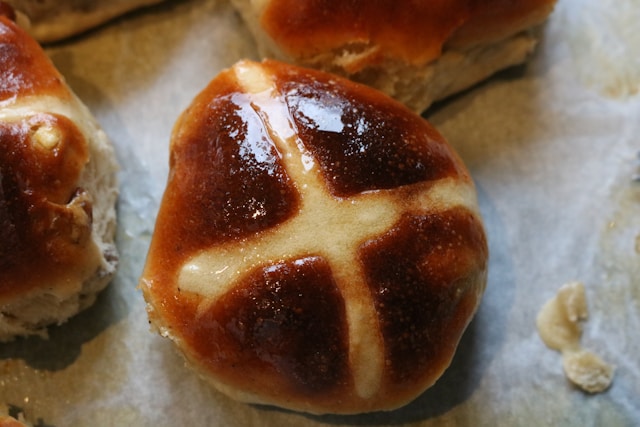
What’s A Hot Cross Bun?
Truth in advertising prevails with a hot cross bun. The spiced bun, normally eaten while warm—often toasted with butter—bears a cross on top. Some describe it as a mix between a sweet pastry and a dinner roll.
These yeasted sweet buns contain spices, like cinnamon, and various fruits such as currants, raisins, and/or candied citrus. Heavier in texture than a slice of bread, these buns are thick.
When Are They Eaten?
Although tasty any time of the year, hot cross buns are traditionally eaten on Good Friday in the United Kingdom, Australia, New Zealand, Canada, India, the United States, and the Commonwealth Caribbean among other locations. Their consumption marks the end of the Lenten season, breaking the fast required of Christians. Even where not connected to a religious meaning, the baked good remains a special Easter tradition.
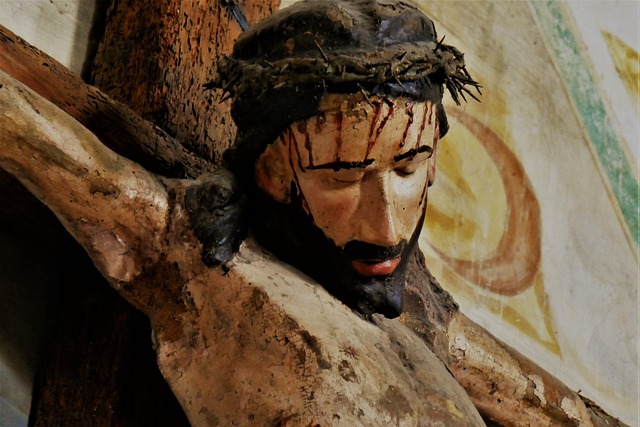
Why Eat Them At Easter?
Without using words, all parts of the hot cross bun relate elements of the Easter story. Just one glance at the baked good offers an immediate message. Topped with a cross, it references Jesus’ death by crucifixion. The white cross on the bun’s top may be made with icing, marked into the dough, or formed with extra dough laid in strips.
The filling of the bun continues the Easter story. The addition of orange peel in some recipes reflects the bitterness of Jesus’ suffering on the cross. Spices used to make the bread, such as cinnamon, represent the embalming spices applied to His body for embalming in preparation for burial. Finally, the addition of fruits such as candied citrus or raisins, indicate believers no longer have to eat plain food for fasting as they did during Lent.
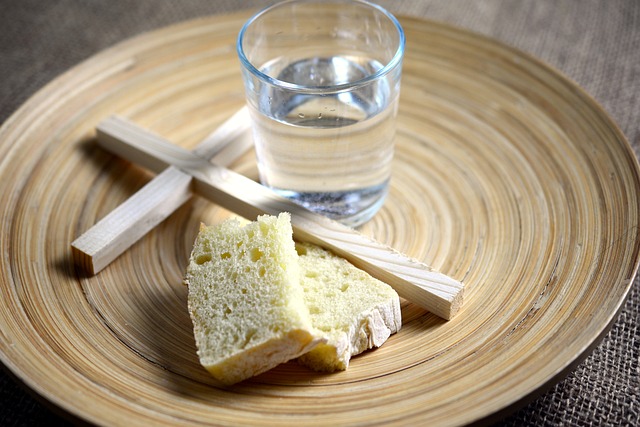
History of Hot Cross Buns
Hot cross buns received their first mention in literature in 1773’s Poor Robin’s Almanack. Nevertheless, the general concept of a sweet bun decorated with or containing religious symbols stems from ancient times. Egyptians, Greeks, and Romans embraced the practice of making such bread. In fact, the Greek word “boun,” meaning breads and cakes used for ceremonial purposes, provides the root from which the English word “bun” derives. Archaeologists’ excavation of the Roman city of Herculaneum, in ruins since 79 CE, uncovered two small loaves of bread marked with crosses on top.
During the Middle Ages, people commonly sharing sweet sacrifices with the gods. But in 1361, an English monk, Brother Thomas Rocliffe of St. Albans Abbey, created a sweet-tasting yeast bun with a cross cut into its top. He distributed this baked good, called an Alban Bun, to the poor on Good Friday.
Ban On Buns
By the 1ate 1500s the idea hot cross buns held magical powers , such as warding off evil spirits, preventing kitchen fires, and ensuring perfectly baked bread took hold. Queen Elizabeth I restricted their sale to Good Friday, Christmas, and funerals ostensibly to prevent the magic from being abused. Unable to purchase hot cross buns, many of her subjects began baking these buns at home.
The religious division of the day may, however, be the real reason for the ban imposed instead of preventing abuse of magic. At that time, England’s transformation from a Catholic to a Protestant country was underway. More likely, the ban on buns served as an effort to control an item viewed as “too Catholic.”
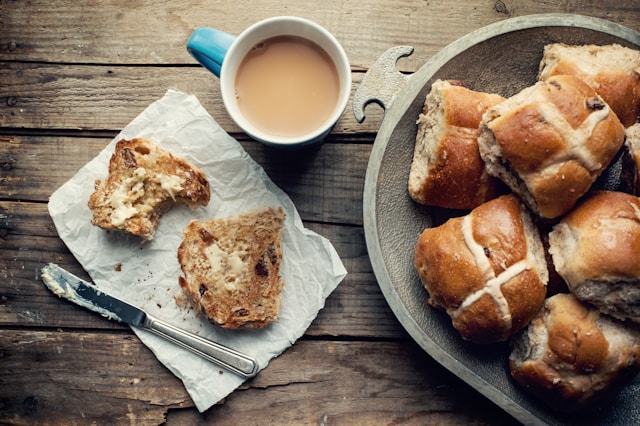
Multitasking At Mealtime
With ancient roots, the hot cross bun survives to this day, but perhaps with a different recipe and meaning. If nothing else, the sweet bun’s history provides a wonderful topic of conversation during a meal. Although tied to Good Friday consumption in the past, any time is a good time to eat delicious hot cross buns and reflect on the Easter story they tell. Not only can these baked items fill bellies, but they fill the soul with the reminder of the work Jesus accomplished by His death at Easter to provide for man’s salvation. Hot cross buns offer tasty teaching about Easter.






